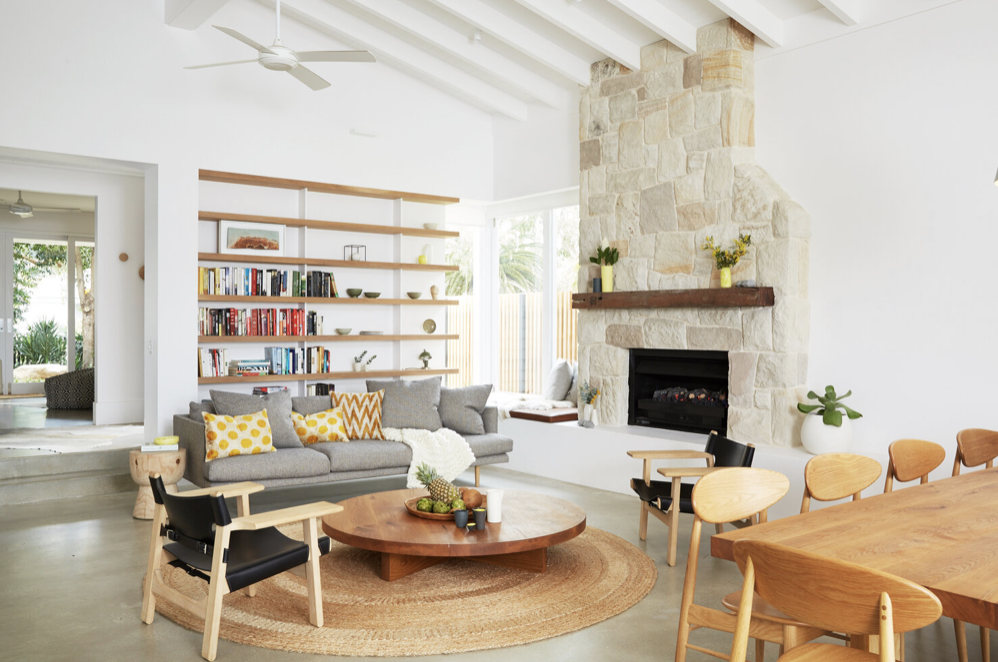Mastering the Art of Interiors Photography: Equipment and Techniques
Interiors photography is a specialized craft that demands precision, a keen eye, and the right set of tools. To capture the essence of a space, from the cozy corners of a living room to the intricate details of a well-designed kitchen, one must approach the subject armed with the appropriate equipment.
First and foremost, investing in the right camera is essential. A full-frame DSLR or a mirrorless camera with high-resolution capabilities will ensure the clarity and depth needed for interiors photography. Pairing this with a selection of quality lenses is equally crucial. A wide-angle lens can capture the entire room in one frame, while a long lens provides the ability to compress the field, offering a more detailed and intimate look at specific elements within the space.
Lighting is the key to bringing interiors to life. Natural light is often the photographer's best friend, but it's not always readily available in the desired quantity or direction. To overcome this limitation, adding lights outside the windows can simulate the effect of sunlight streaming into the room. This technique not only brightens up the space but also adds a touch of authenticity to the overall ambiance.
Careful consideration of artificial lighting is also paramount. Using diffusers helps soften and spread the light, preventing harsh shadows and creating a more natural look. Balancing natural light with strategically placed artificial lights is an art in itself, requiring finesse to ensure the interior is well-lit without losing its inherent mood.
Much like capturing food, product, portraits, lifestyle, or drinks photography, the choice of lens and lighting can set your interior images apart from the competition. A skilled photographer knows how to play with these elements to evoke the desired emotions and showcase the space in the best possible light, both literally and figuratively.
However, a word of caution is necessary. Overly bright interiors can lead to a loss of character and atmosphere. It's essential to strike the right balance between natural and artificial light, allowing the unique features of the space to shine through. A well-executed interiors photograph captures not just the physicality of a room but also its soul.
In conclusion, mastering interiors photography is a harmonious blend of the right equipment, thoughtful lighting, and a keen understanding of the space being captured. With the right tools and techniques, a photographer can transform a mere room into a visual narrative, making each image a standout piece in a competitive field.






